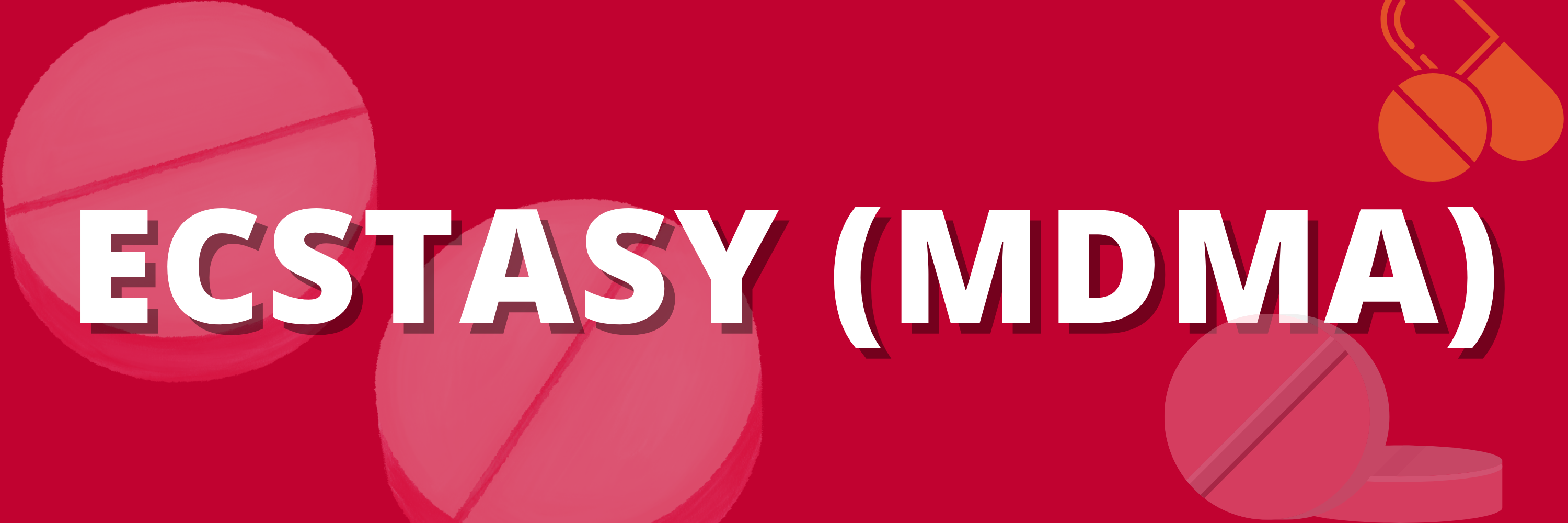Note: UC Davis neither condemns nor condones the use of MDMA/Ecstasy. We are here to provide unbiased educational resources based on scientific research.
What is Ecstasy (MDMA)?
Ecstasy, also known as MDMA is a psychoactive drug that works as a stimulant and hallucinogen. It usually comes in the form of a pill or powder and kicks in at about 30 minutes. The duration of its effects usually last about 2-4 hours, depending on the dosage. Due to the illegal status of Ecstasy, tablets can include a combination of other drugs, such as ketamine or cocaine. To ensure that Ecstasy pills don’t include any harmful chemicals or drugs, it can be helpful to use MDMA purity tests.
On that note, Ecstasy or MDMA is commonly referred to as Molly. However, Molly is not a pure form of MDMA. Analyses of Molly samples reveal that constituents included methylone, MDA, mCPP, TFMPP, BZP, ketamine, cocaine, methamphetamine, and caffeine. Therefore, if an individual chooses to take Molly, it is advised to first take half or a quarter of the pill to avoid taking a dangerously high dosage.
Effects
Although the drug affects every individual differently, some common effects are:
- feeling very happy
- “Loved-up”
- Alert
- Euphoric
- Trustful
- less anxious
This happens because the drug affects serotonin and dopamine levels, which are hormones that determine mood, happiness, and pleasure. Since ecstasy makes individuals more alert and aware of their surroundings, one can feel more anxious, confused, and paranoid when on the drug.
When someone is on ecstasy, the physical effects can include:
- Dilated pupils
- Tingling sensations
- Tightening of the jaw
- Nausea
- Raised body temperature
- Increased heart rate
- Fatigue
- Insomnia
- Chills or sweating
How to Stay Safe
Since ecstasy affects body temperature, it is easy to get dehydrated. Since the drug is frequently taken in nightclubs, concerts, or festivals, it is common for individuals to dance in high density crowds and drink alcohol. Therefore, it is advised to take breaks, cool down, and limit alcohol intake. It is also dangerous to drink too much water while on the drug since ecstasy prevents the hormone that produces urine. Therefore, it is advised to drink no more than a pint of water or non-alcoholic drink every hour.
What Happens After?
It takes about 14 days after use of MDMA for depleted levels of serotonin to return to normal. Since it can include other chemicals and drugs, there may be some harmful long-term effects like:
- Depression
- Anxiety
- Memory loss
- Kidney, liver, or heart failure
- Built up tolerance (psychological dependence)
Resources:

